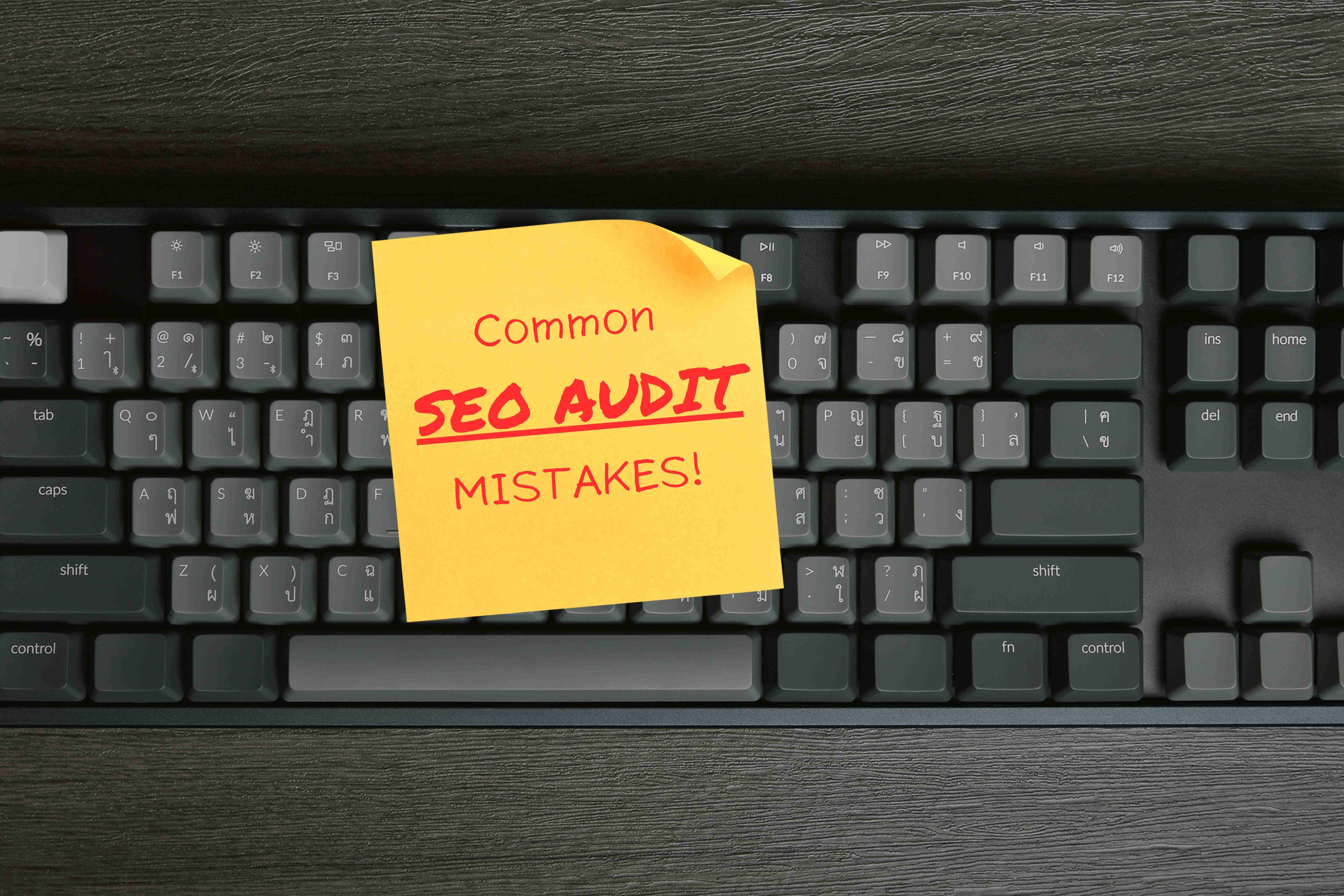In the ever-evolving landscape of SEO, staying ahead of the curve is essential for business owners looking to enhance their online visibility and drive organic traffic to their websites. One of the latest developments in the world of search engine optimization is the introduction of Core Web Vitals, a set of metrics that measure the user experience provided by a webpage. In this comprehensive guide, we’ll delve into the significance of Core Web Vitals for SEO and provide actionable tips to help you optimize your website accordingly.
Table of Contents
- Introduction to Core Web Vitals
- Understanding Core Web Vitals Metrics
- The Impact of Core Web Vitals on SEO
- Actionable Tips for Improving Core Web Vitals
- Latest SEO Trends in Core Web Vitals Optimization
- Conclusion
- About Don Hesh SEO
1. Introduction to Core Web Vitals
Core Web Vitals are a set of specific factors that Google considers essential for delivering a great user experience on the web. These metrics focus on aspects such as loading performance, interactivity, and visual stability, all of which play a crucial role in determining how users perceive and interact with a webpage.
2. Understanding Core Web Vitals Metrics
Largest Contentful Paint (LCP)
Definition: LCP measures the time it takes for the largest content element on a webpage to become visible within the viewport. It indicates how quickly users can access the main content of a page.
First Input Delay (FID)
Definition: FID measures the time it takes for a webpage to respond to the first user interaction, such as clicking a button or tapping on a link. It assesses the responsiveness and interactivity of a page.
Cumulative Layout Shift (CLS)
Definition: CLS measures the visual stability of a webpage by quantifying how much content shifts around as the page loads. It evaluates the smoothness of the user experience and aims to minimize unexpected layout shifts.
3. The Impact of Core Web Vitals on SEO
Google has announced that Core Web Vitals will become a ranking factor in its search algorithm starting May 2021. Websites that provide a superior user experience, as indicated by favorable Core Web Vitals scores, are likely to receive a ranking boost, resulting in higher visibility and increased organic traffic.
4. Actionable Tips for Improving Core Web Vitals
- Optimize Loading Speed: Minimize server response times, leverage browser caching, and optimize image and resource sizes to improve LCP.
- Prioritize Interactivity: Minimize JavaScript execution time, optimize third-party scripts, and defer non-essential tasks to enhance FID.
- Ensure Visual Stability: Use dimensions for media elements, reserve space for ads, and avoid dynamically injected content to prevent unexpected layout shifts.
5. Latest SEO Trends in Core Web Vitals Optimization
- Mobile-First Approach: With mobile devices accounting for the majority of web traffic, optimizing Core Web Vitals for mobile responsiveness is crucial.
- User-Centric Design: Focus on delivering an intuitive and seamless user experience across all devices to meet Core Web Vitals criteria.
6. Conclusion
Core Web Vitals have emerged as a key determinant of a website’s performance in search engine rankings. By understanding and optimizing these metrics, businesses can not only improve their SEO but also provide users with a more enjoyable and engaging browsing experience.
7. About Don Hesh SEO
Don Hesh SEO is your trusted partner in implementing effective SEO strategies to enhance your online reputation and drive results for your business. As experienced SEO consultant and Google Ads consultant, we specialize in helping businesses improve their online visibility, attract more customers, and achieve their marketing goals. Contact us today to learn how we can help you elevate your online reputation and drive success for your business.



